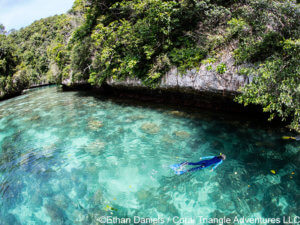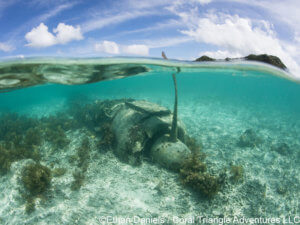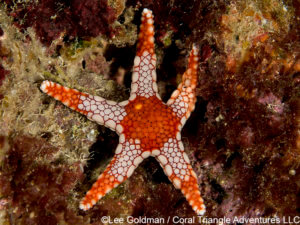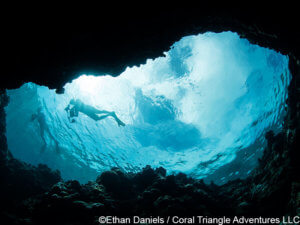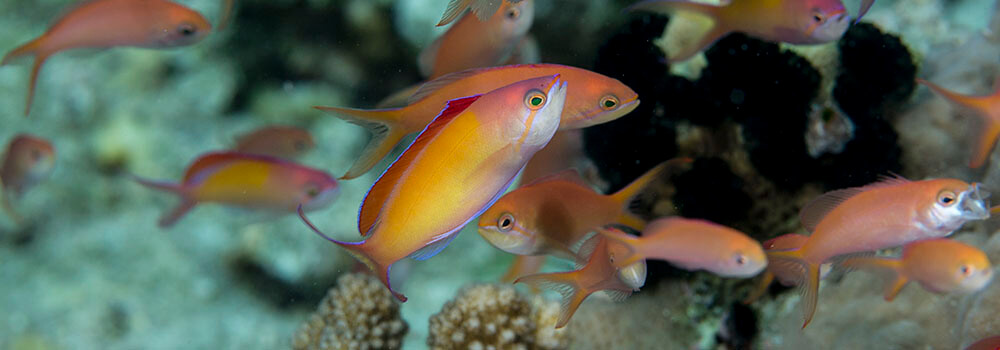
Palau Snorkeling Tour, 2017
I had not been back to Palau for 10 years. Having worked and lived there for several years in the late 90’s into 2001, I had spent quite a bit of time in the Rock Islands. Of all the trips we do, I was looking forward to this one the most. Sure, I had heard about the rumors of increased tourism creating a pressure on the resources as well as contributing to overcrowded snorkel sites, but it wasn’t as much of a deterrent for me. The chance to cruise through the maze of jungle-clad limestone islands where hidden lagoons and shallow coral gardens can be found was overpowering to say the least. Add that we will explore the barrier reef using a live-aboard boat and it was nearly a perfect program. So did it live up to my wishes? Yes, it did…
The Rock Islands are as beautiful as ever. Our snorkeling tour began in Nikko Bay, probably one of the best places to snorkel for both the diversity of reefs as well as the Zen-like atmosphere. This recent blog (read here) highlights many of the benefits of traveling and being in Nikko Bay would certainly have this effect on many travelers. From secret marine lakes that can only be accessed by tunnels to WWII wrecks and shallow coral gardens, Nikko Bay started us off with high expectations fulfilled.
The next week of our tour revolved around the central and southern parts of the lagoon, with particular attention to the sites along the outer barrier reef. Name-dropping a few of the best snorkel sites in the area; Big Drop-off, Ngedebus Coral Gardens, Turtle Cove, Virgin Blue Hole, and German Channel, these sites all lived up to the hype. Colorful reefs with a dazzling, almost impossible-to-believe diversity of fishes was the norm. At times, it seemed like the fish created a living wall that undulated in the currents along the barrier reef drop-off. It was simply mesmerizing and our guests loved every minute of it. For me it was a welcome nostalgic moment that reminded me why I loved Palau.
In the evening we ventured back into the lagoon to snorkel on the shallow reefs at night. During the nighttime, a new set of reef critters take over the stage while the daytime residents hunker down to sleep. Though we saw lots of nighttime critters like octopuses, squid, snails, nudibranchs, and nocturnal fishes, our goal was to see coral polyps emerge under the cover of darkness to feed on plankton. We certainly were not let down! Coral protects itself from predators during the day by keeping its polyps withdrawn. At night when their predators sleep and plankton rises to shallower depths, polyps emerge to feed. It is an amazing site to see! We also timed our tour to coincide with coral spawning. Sadly, this year was a bit skewed as the extreme drought experienced in Palau may have caused a bit of stress to the corals which affected their ability (desire?) to produce egg/sperm bundles. Though we did see several colonies with gametes, they were few and far between.
Going full circle, the last few days of our tour found us back in Nikko Bay and nearby Risong Bay. We visited a variety of marine lakes, some that possessed WWII wrecks, and others with fascinating marine life including the colorful mandarinfish.
The Rock Islands are still amazing and a wonderful place to snorkel. It was also a great move by the government to preserve their resources by limiting the annual visitors so that the islands remain as pristine and beautiful for many generations to come. We cannot wait to return in 2019!

